A portrait of one of the epicenters of the civil rights movement: Selma, Ala.
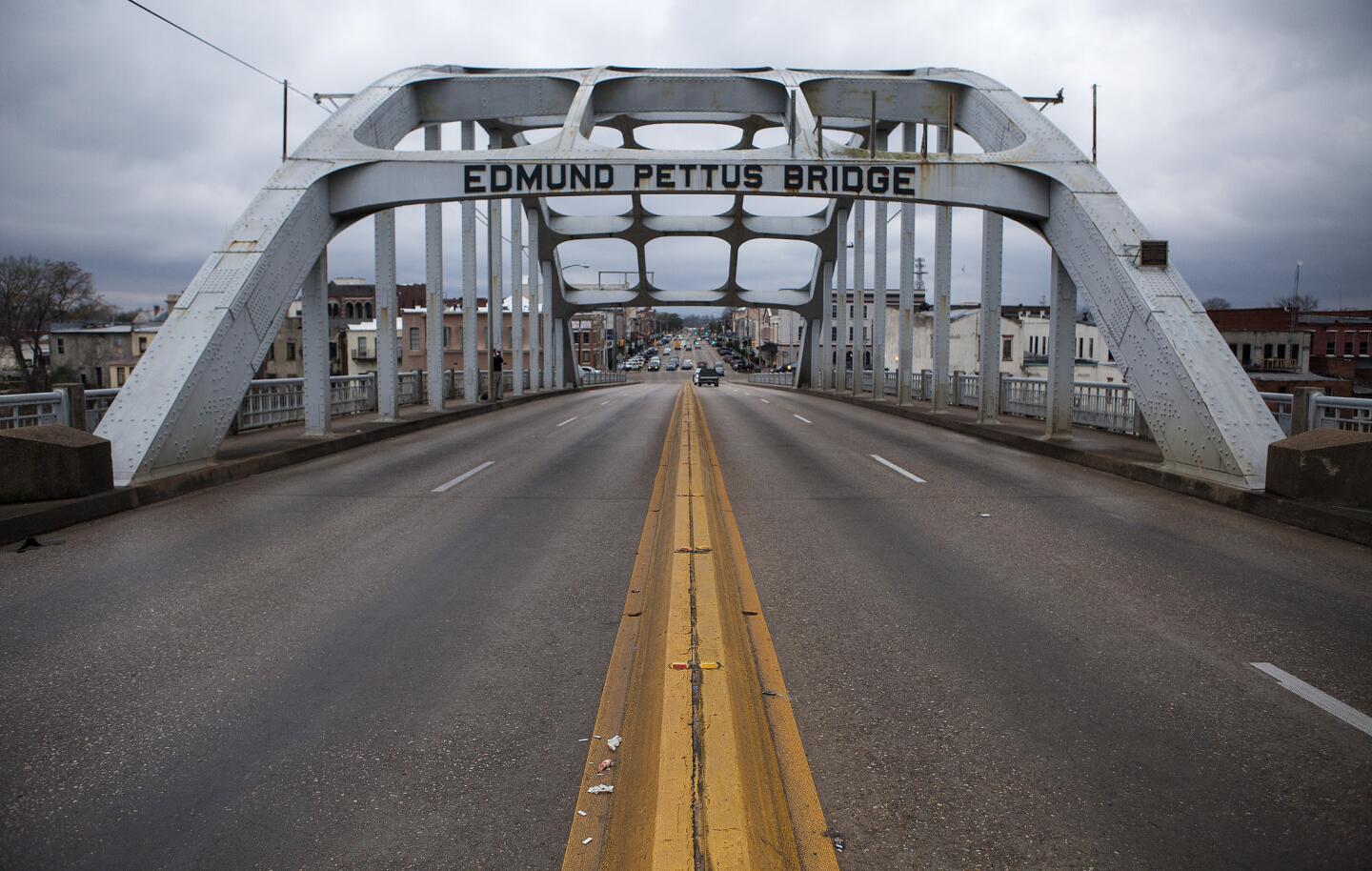
The Edmund Pettus Bridge became a symbol of the civil rights movement after voting rights marchers were beaten by Alabama state troopers on March 7, 1965. The day became known as Bloody Sunday. (Brian van der Brug / Los Angeles Times)
Selma today is a strange and complex place, difficult for even other native Alabamans to understand. The majority in this city of about 20,000 residents are suffering. Dallas County ranked as the poorest in the state, last year, with unemployment in double digits.
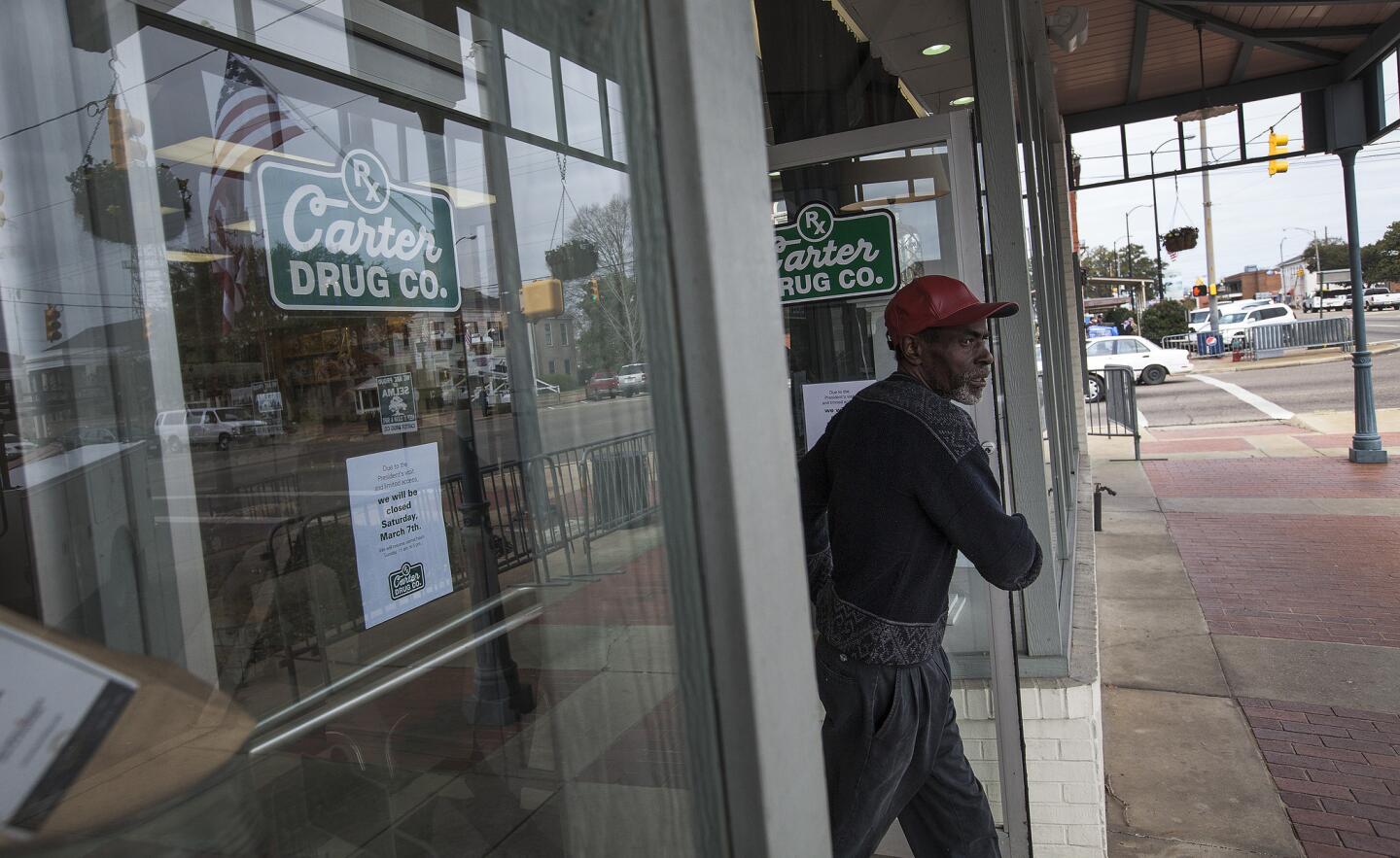
A man exits Carter Drug. In the 1960s the drugstore served as a catalyst for the civil rights movement because its soda counter would not serve black customers. (Brian van der Brug / Los Angeles Times)
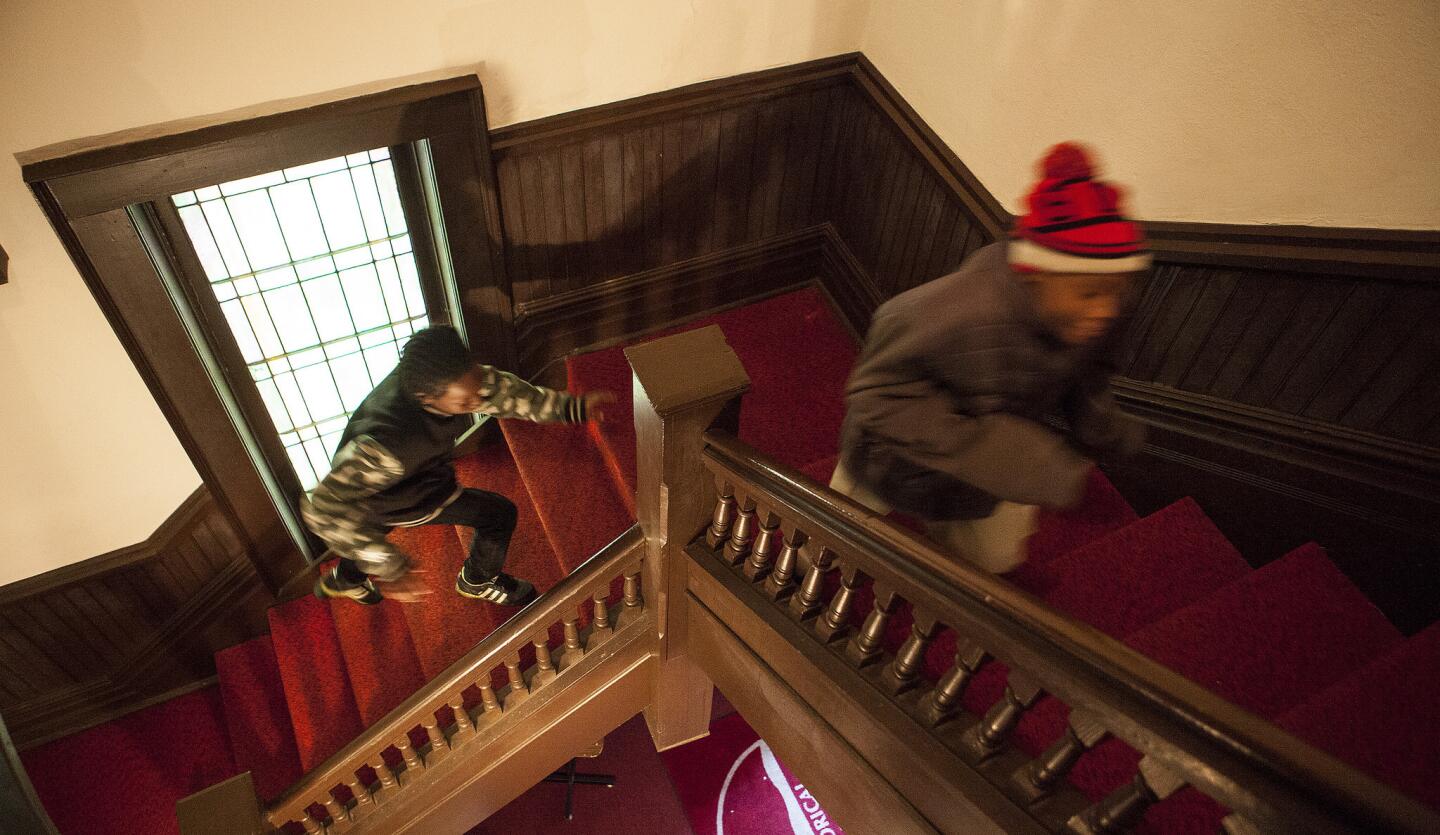
Young boys race up a stairwell at the Brown Chapel AME Church in Selma. The church was a starting point for the Selma to Montgomery, Ala., marches in 1965. (Brian van der Brug / Los Angeles Times)
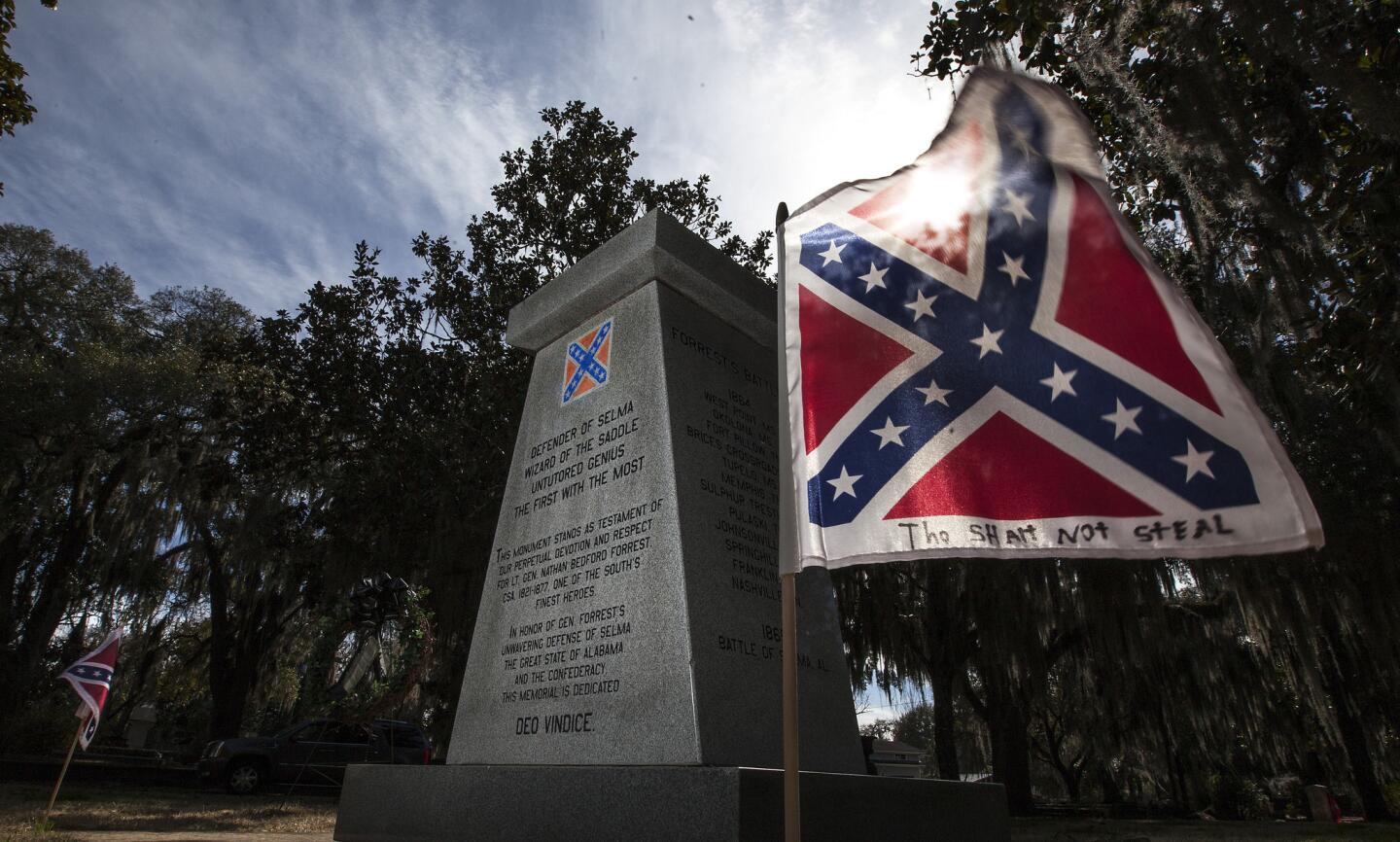
The monument honoring Confederate Gen. Nathan Bedford Forrest in the Live Oak cemetery is missing the bronze bust. The bust was stolen in 2012, and the Confederate flag alongside the controversial monument has “Thou Shalt Not Steal” written on it. (Brian van der Brug / Los Angeles Times)
Advertisement
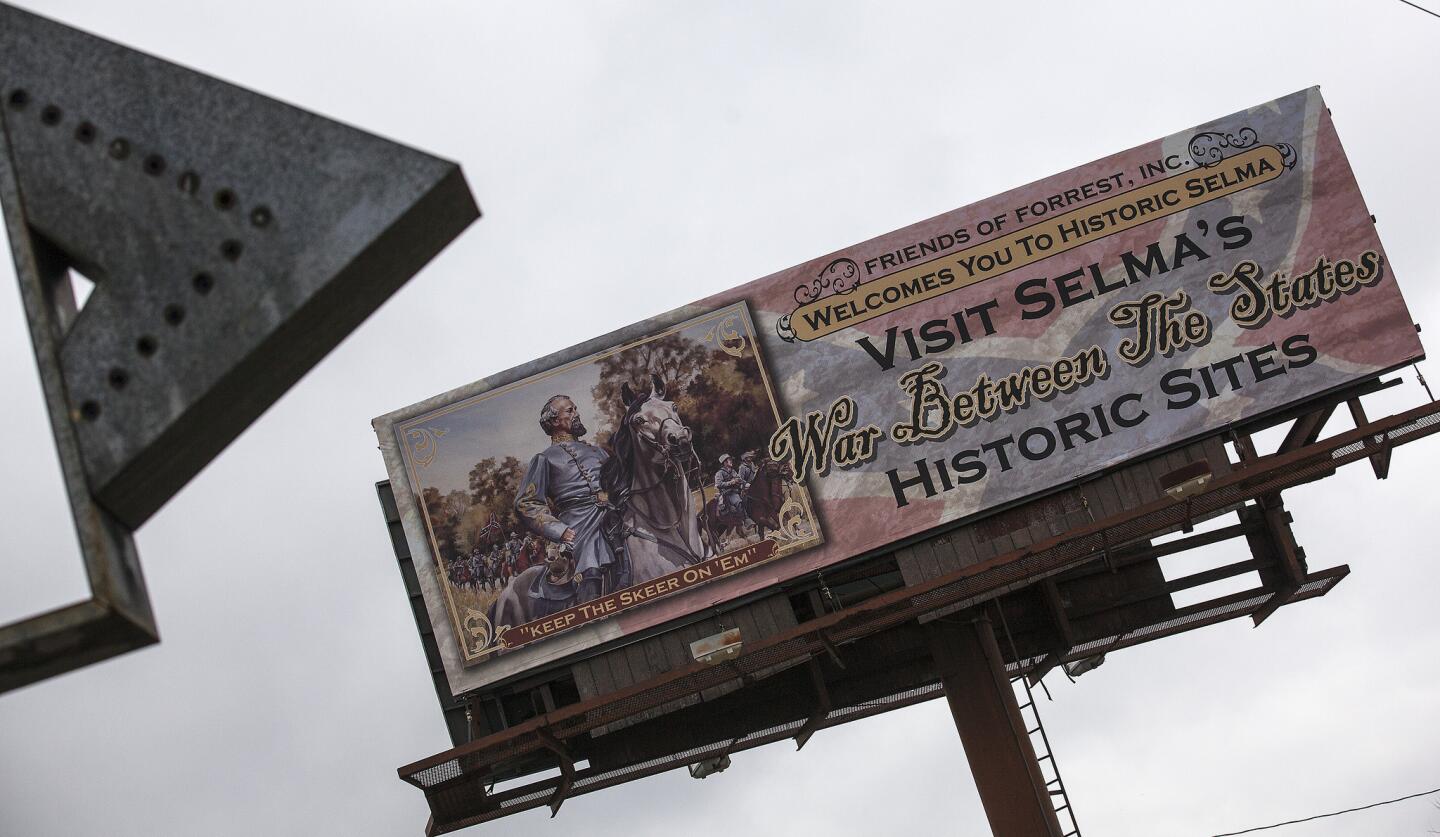
A billboard near the Edmund Pettus Bridge features Civil War general and Ku Klux Klan founder Nathan Bedford Forrest on horseback with the quote, “Keep the skeer on ‘em.” (Brian van der Brug / Los Angeles Times)
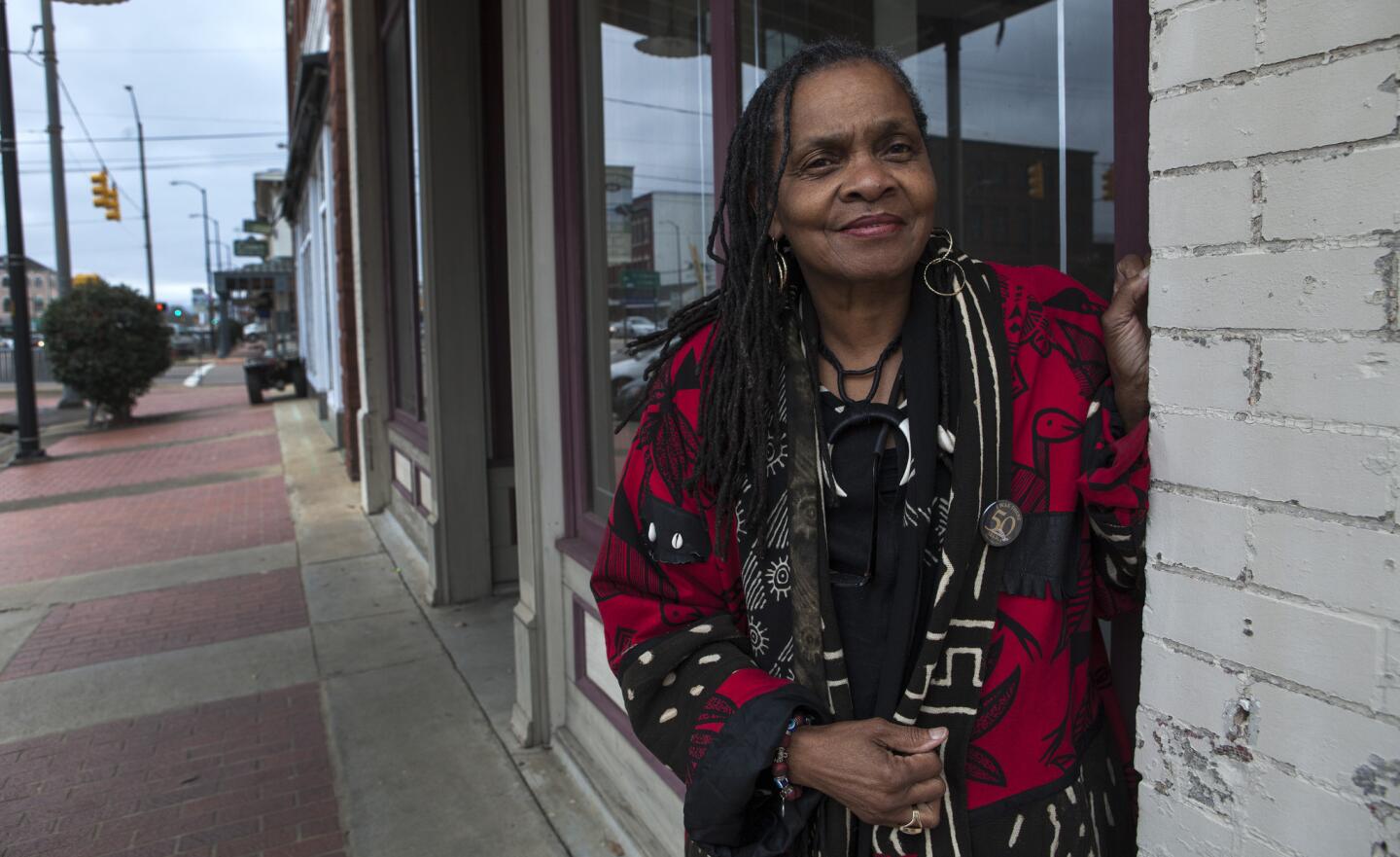
Political activist Faya Rose Toure, also known as Rose Sanders, is a Harvard-trained lawyer and the organizing force behind the 50th anniversary celebration of the march. (Brian van der Brug / Los Angeles Times)
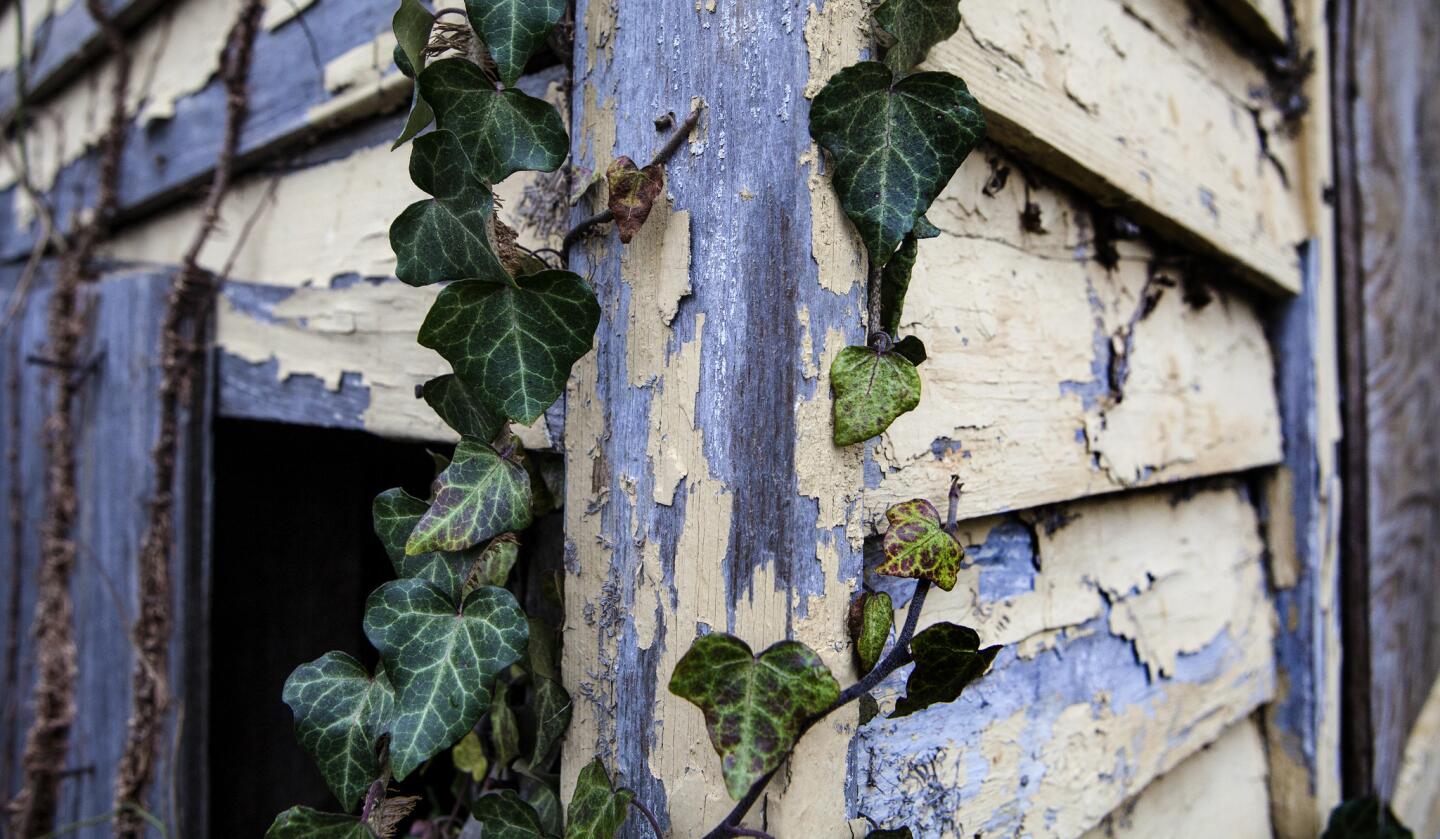
Paint peels and vines grow on the dilapidated former home of civil rights pioneer Amelia Boynton Robinson. She was beaten unconscious during the Bloody Sunday march on Edmund Pettus Bridge in 1965. (Brian van der Brug / Los Angeles Times)
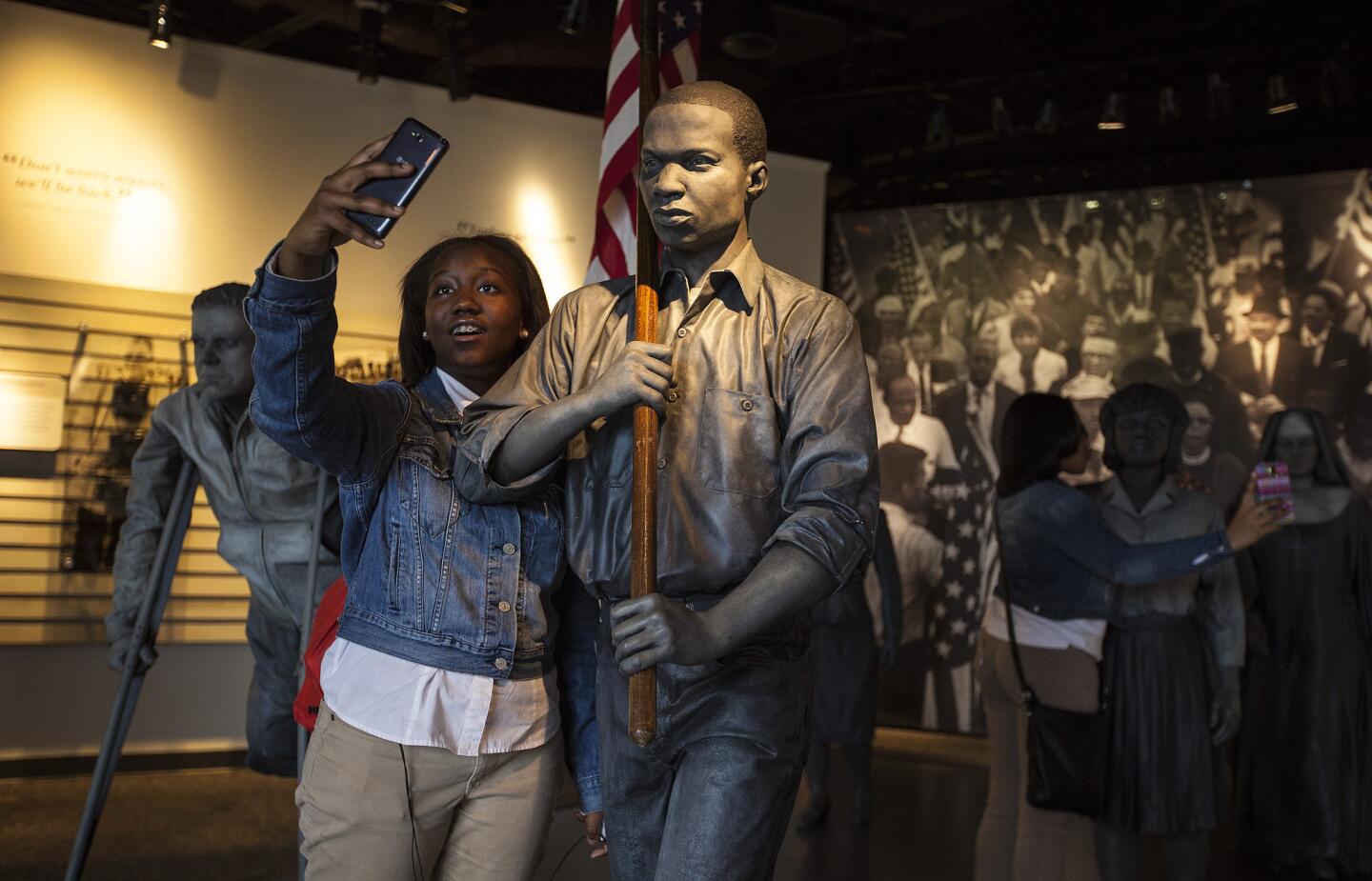
Imani Washington, 13, of Atlanta, takes a selfie with a bronze statue of civil rights marcher Timothy Mays at the Lowndes County Interpretive Center on the Selma to Montgomery National Historic Trail in Lowndes County. Washington was on a field trip with classmates from M.D. Roberts Middle School. (Brian van der Brug / Los Angeles Times)
Advertisement
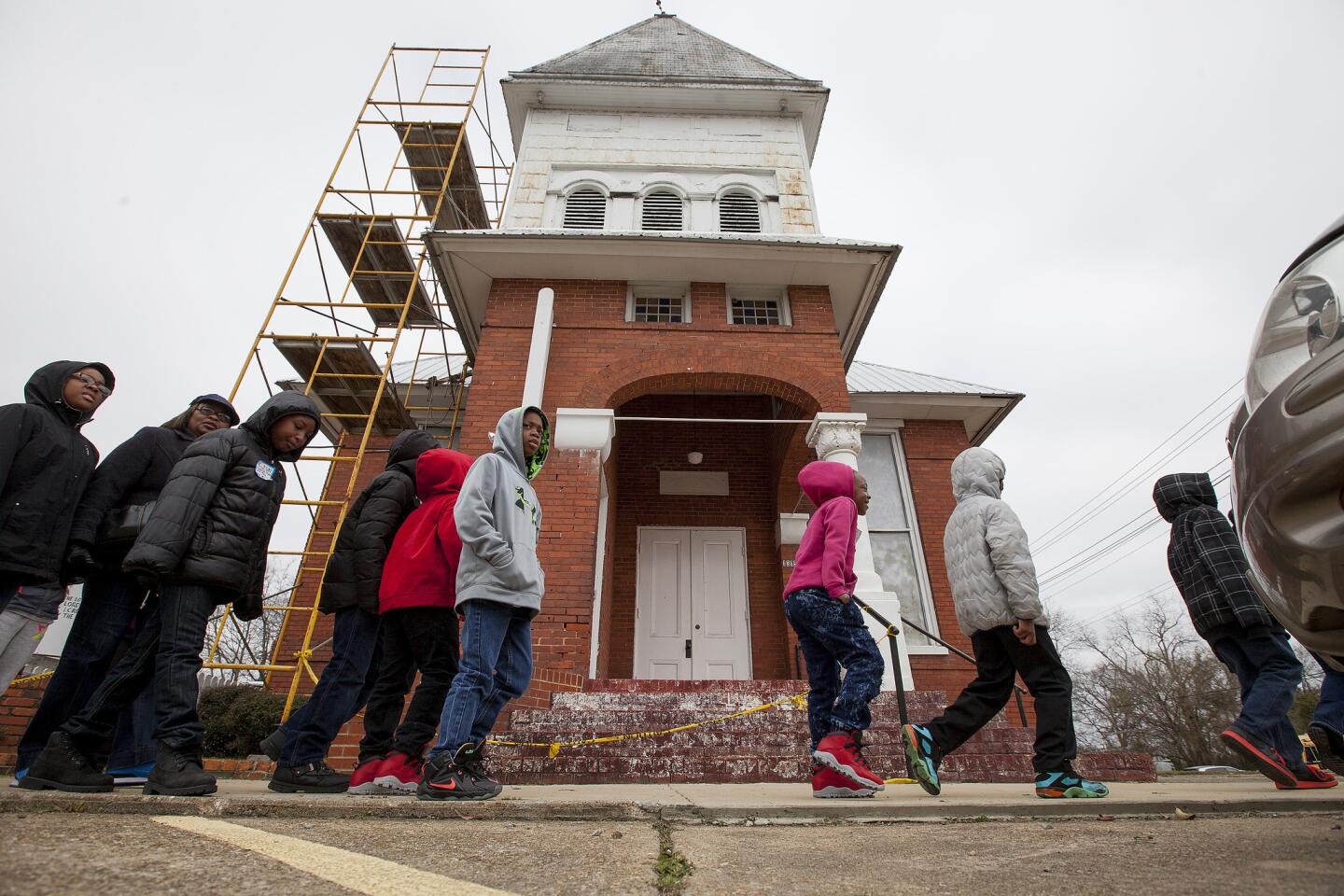
Students from Sophia P. Kingston Elementary School walk past Selma Avenue Church of Christ on their way to a 50th anniversary event in Selma. While many things in Selma have changed in the 50 years since Bloody Sunday, many things have not. (Brian van der Brug / Los Angeles Times)
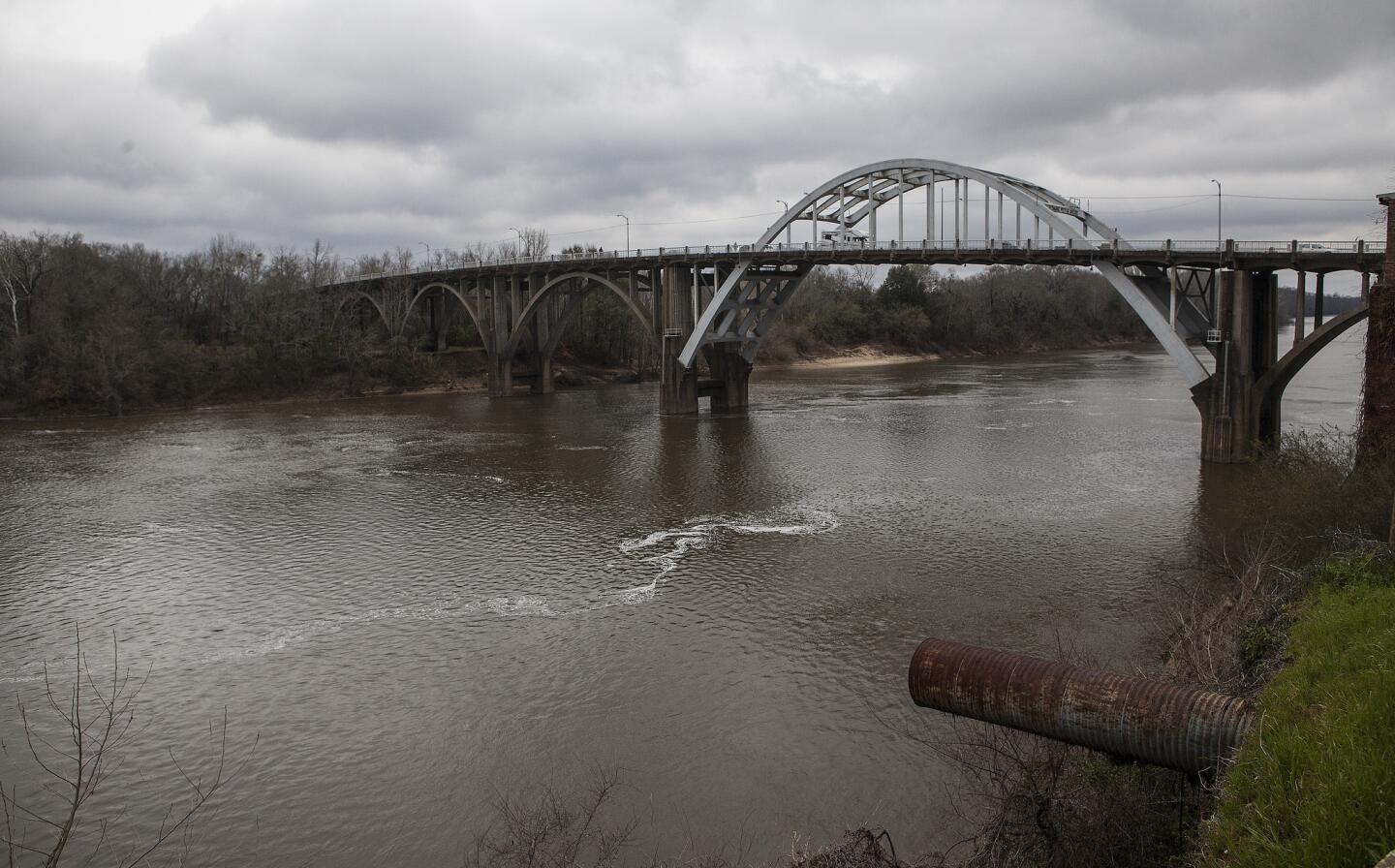
The Edmund Pettus Bridge spans the Alabama River. The city’s extremes have entrenched, as separate and unmoving as the banks of the Alabama River that runs through its heart. (Brian van der Brug / Los Angeles Times)



